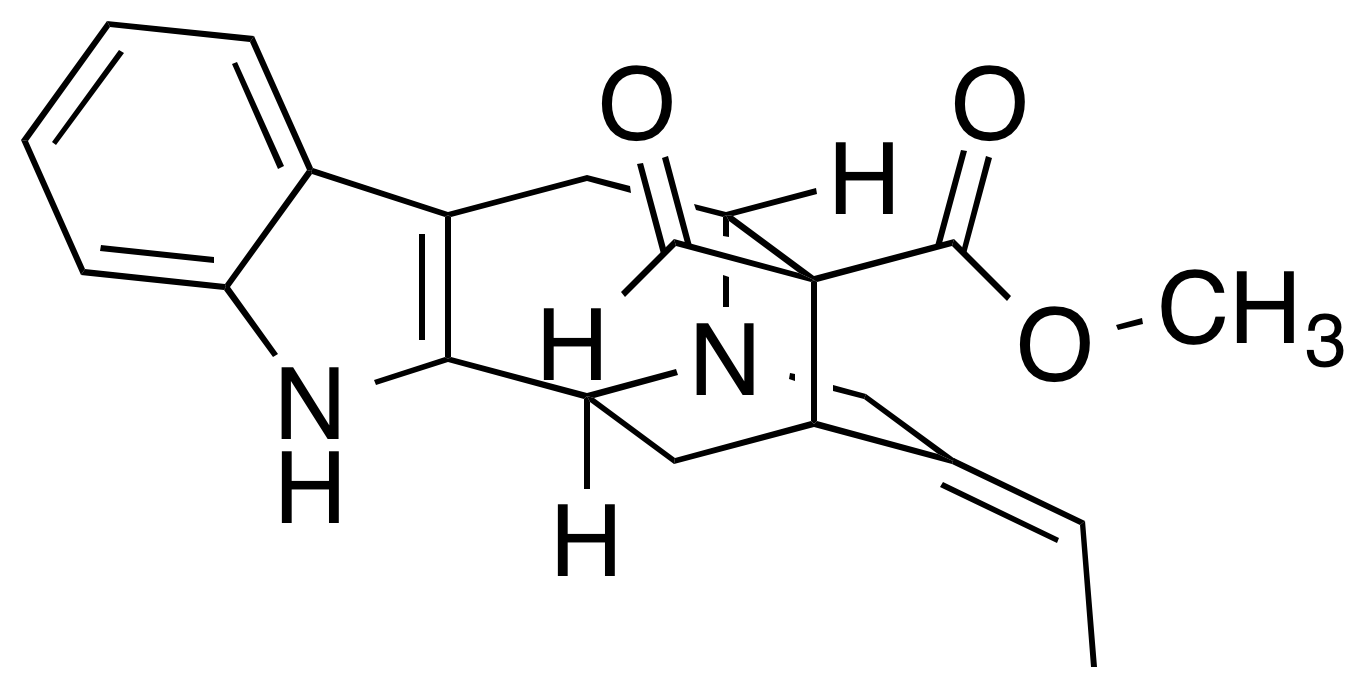|
Polyneuridine-aldehyde Esterase
The enzyme polyneuridine-aldehyde esterase (EC 3.1.1.78) catalysis, catalyzes the following reaction: :polyneuridine aldehyde + H2O \rightleftharpoons 16-epivellosimine + CO2 + methanol This enzyme participates in indole alkaloid biosynthesis. Nomenclature This enzyme belongs to the family of hydrolases, specifically those acting on carboxylic ester bonds. The List of enzymes, systematic name is polyneuridine aldehyde hydrolase (decarboxylating). Other names in common use include: * polyneuridine aldehyde esterase * PNAE Homologues This enzyme is found in various forms in plant species such as ''Arabidopsis thaliana'', ''Glycine max'' (soybean), ''Vitis vinifera'' (wine grape), and ''Solanum lycopersicum'' (tomato) among others. Polyneuridine-aldehyde esterase also appears in select bacteria including ''Enterobacter cloacae''. Structure The secondary structure of this enzyme consists mainly of alpha helices, α helices. In its native form, this enzyme has a tertiary st ... [...More Info...] [...Related Items...] OR: [Wikipedia] [Google] [Baidu] |
Catalysis
Catalysis () is the increase in rate of a chemical reaction due to an added substance known as a catalyst (). Catalysts are not consumed by the reaction and remain unchanged after it. If the reaction is rapid and the catalyst recycles quickly, very small amounts of catalyst often suffice; mixing, surface area, and temperature are important factors in reaction rate. Catalysts generally react with one or more reactants to form intermediates that subsequently give the final reaction product, in the process of regenerating the catalyst. The rate increase occurs because the catalyst allows the reaction to occur by an alternative mechanism which may be much faster than the noncatalyzed mechanism. However the noncatalyzed mechanism does remain possible, so that the total rate (catalyzed plus noncatalyzed) can only increase in the presence of the catalyst and never decrease. Catalysis may be classified as either homogeneous, whose components are dispersed in the same phase (usual ... [...More Info...] [...Related Items...] OR: [Wikipedia] [Google] [Baidu] |
